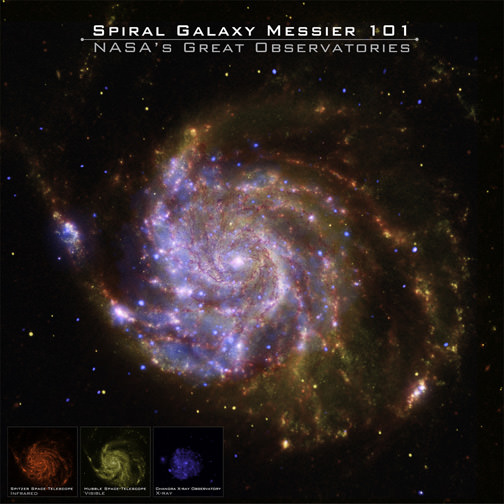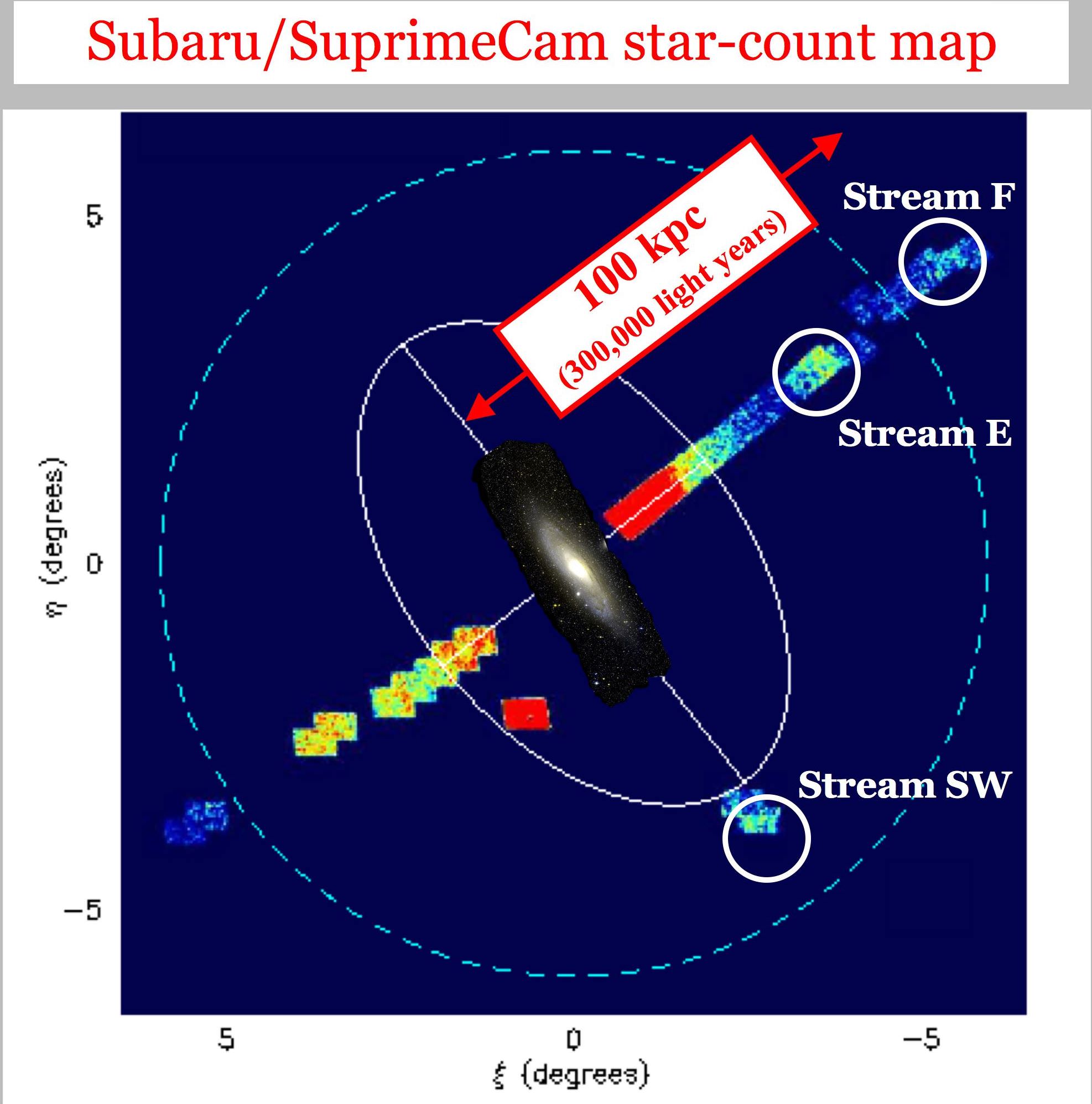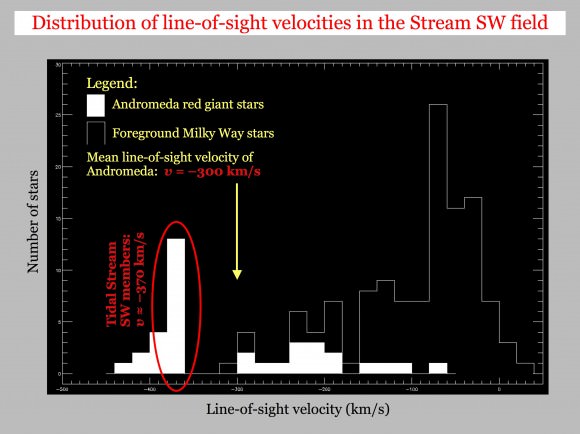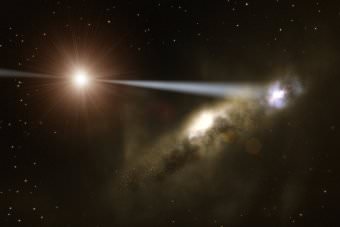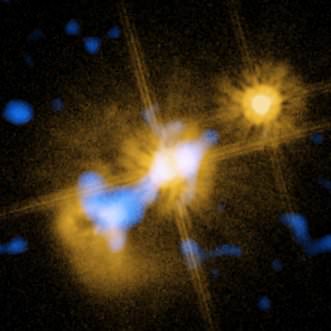The Hubble sequence is astronomer’s main tool for classifying galaxies. On one side, you have elliptical galaxies with defined structure. As you progress, the galaxies become more stretched out, but still lack definition until suddenly, there’s a bulge in the center and spiral arms! Oh yeah, and then there’s the cousins that no one really likes to hang out with, the “irregular” galaxies, hanging out in the corner.
But there’s another class of galaxies that seems to have fallen off the Hubble wagon. Some spiral galaxies seem to lack defined bulges. These oddities pose a challenge to our understanding of galactic formation.
The current understanding of galactic formation is one of hierarchical merging. Small dwarf galaxies form first, and then form bigger galaxies which merge and continue to eat more dwarf galaxies until a fully fledged galaxy is formed. However, the collisional nature of this formation tends to scatter stars, favoring random orbits towards the center of flattened galaxies, which should create a classical bulge. Galaxies that do not have a bulge, or have a “pseudobulge” (small bulges created by gravitational sorting of stars within an already formed galaxy) don’t seem to fit this picture.
A recent review suggests that galaxies without true bulges are in fact common and include many well-known galaxies such as M101 (the Pinwheel Galaxy) and M33. The team, led by John Kormendy of the University of Texas, Austin, conducted a survey of spiral galaxies in the Local Group to determine just how common they were. To determine the status of the bulge, the team analyzed the physical size of the bulge, its luminosity as a fraction of the overall light output, and the color/age of the stars therein. Bulges that were small, indistinct, and contained stars similar to the color/age of the stars found in the disk were considered examples of the psuedobulges. Ones with significant, bright, and distinctly redder/older bulges were indicative of what would be expected in the classical merger bulge.
The team determined that as much as 58-74% of their sample did not contain a classical bulge. Furthermore, they state, “Almost all of the classical bulges that we do identify – some with substantial uncertainty – are smaller than those normally made in simulations of galaxy formation.” Indeed, included among these galaxies is our own Milky Way which has a very odd, box shaped bulge. The team notes that the velocity distribution of the apparent bulge merges seamlessly into the disk portion of the galaxy as opposed to a discontinuous fit in classical bulges.
Kormendy’s team finds that one way to form such “pure-disk” galaxies is to allow for the possibility of early star formation. According to the paper, this would “give the halo time to grow without forming a classical bulge.”
These findings stand in strong contrast with a study published by the same group in 2009, analyzing the Virgo cluster of galaxies. In that study they found that classical bulge galaxies (including in this study, elliptical galaxies) seemed to dominate. As such, they suggest that the formation of bulges is somehow related to the local environment. Although the question cannot yet be answered, it begs the question for future study: What about our environment is so special that we can form galaxies in a non-merger process? The answer to this question will require further study.

